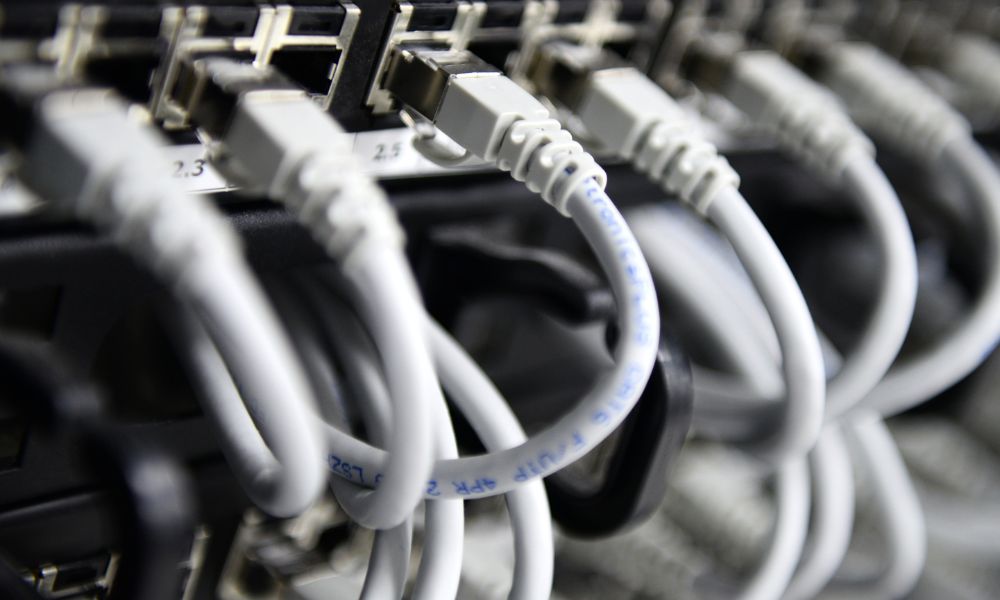
Redundant cable removal is an often overlooked yet critical aspect of maintaining an efficient and safe network infrastructure. Unnecessary cables can negatively impact a workspace. Luckily, you can remove excess pieces of technology. Discover why removing redundant cables is important for your organization, and provide a better IT environment for your team.
Efficiency and Organization
Redundant cables take up valuable space and compromise the efficiency of your network infrastructure. Managing a cluttered workspace is challenging, and a haphazardly organized workspace reduces productivity because you have to work through the clutter. Removing excess cables tidies the network infrastructure and simplifies operations.
Safety
Redundant cables can be hazardous. They increase the risk of tripping hazards and hinder airflow in and out of devices, which can make them overheat. Hot gadgets can become a fire hazard, so removing redundant cables is important for increasing safety in the workspace.
Cost Savings
Outdated equipment is often not energy efficient, so it consumes a lot of power. By eliminating excess equipment, you could significantly reduce your company’s power consumption and save money on energy bills!
Aesthetics
Excess cables cause any workspace to look disorganized and leave a bad impression on visitors. Removing redundant cables enhances the aesthetics of your workspace, making it more comfortable for workers and visitors.
Compliance
Most businesses have regulations regarding the safe disposal of old or outdated cables. Safe disposal of redundant cables ensures you comply with your organization’s environmental safety regulations. These regulations are especially important to follow when purchasing bulk cables so that you can ensure they remain organized after installation.
Removing redundant cables should never be overlooked. Remember that cable removal is essential to include in your company’s protocols. Take a look at your IT infrastructure, and get started on improving it to create a healthier and more efficient workspace!



